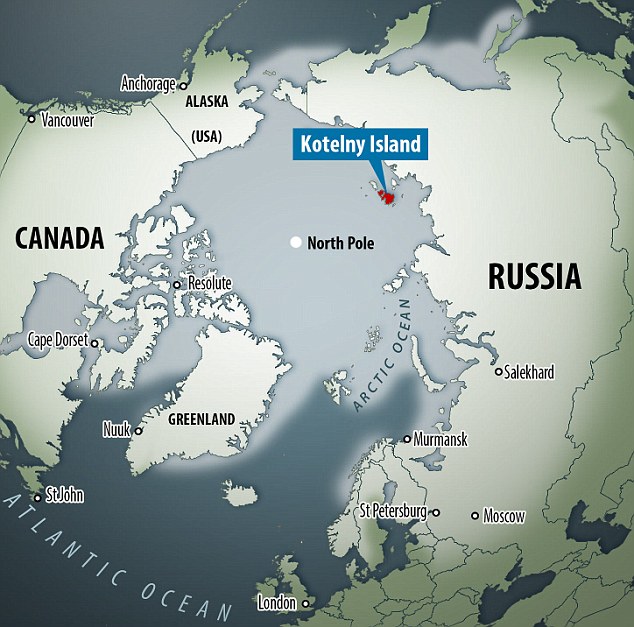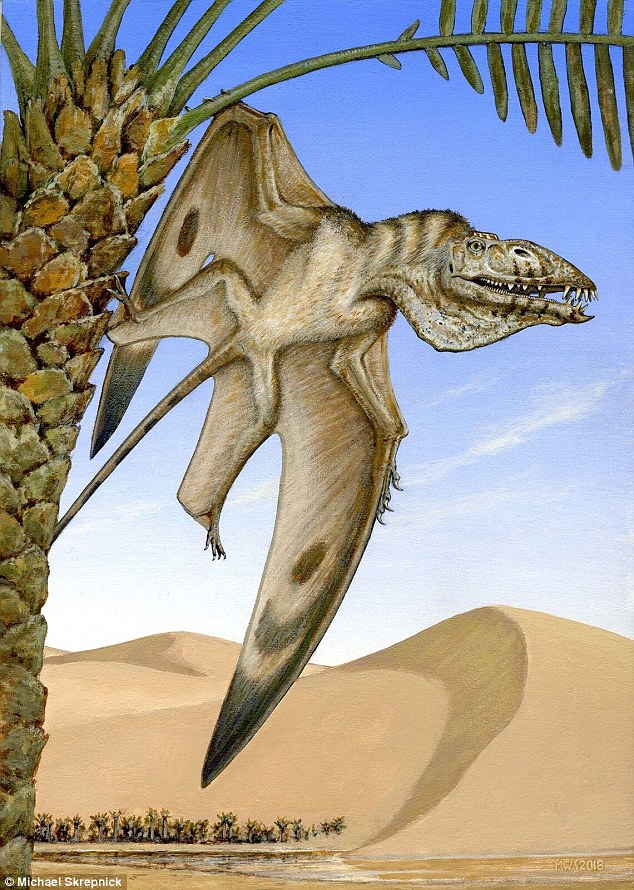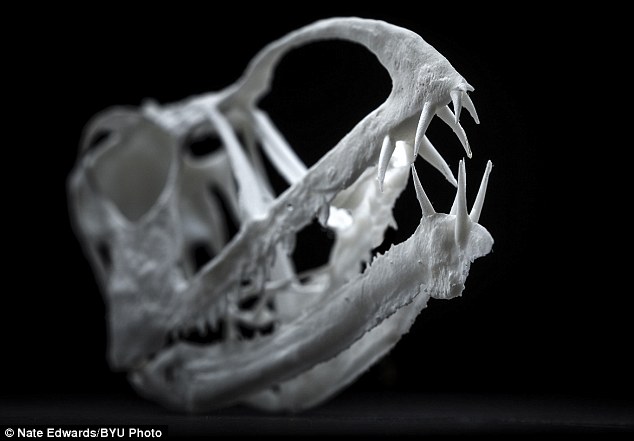Sent in by Robert – two posts at the Daily Mail online site – www.dailymail.co.uk/sciencetech/article-6054483/Frozen-mammoth-carcass-u… … and www.dailymail.co.uk/sciencetech/article-6055207/New-species-pterodactyl-… … to which Robert comments, 'new pterodactyl and mini mammoth found. Interestingly, both are at sites of 'mass kill' events ….'.
The carcass of a pygmy woolly mammoth was found in permafrost and may date back as far as 50,000 years ago. Its fur has a golden colouration but its dimunitive size has grabbed the attention of scientists. Is this evidence of a mini mammoth species? The adult is just 7 feet tall – half the height of the usual mammoth. The carcass is only visible at low tide on Russia's Kotelny island, between the Latev and East Siberian seas. It was covered in sand.
 … bones of miniture mammoths have been found in other locations – Wrangel Island springs to mind. We are told this is the first actual carcass. It is thought the Wrangel island mammoths were animals left stranded on islands in the Arctic ocean and lived deep into the Holocene. Their eventual demise is a matter of conjecture. The new find is being hailed as an actual new species, dating at some point between 22,000 and 50,000 years ago (provisionally).
… bones of miniture mammoths have been found in other locations – Wrangel Island springs to mind. We are told this is the first actual carcass. It is thought the Wrangel island mammoths were animals left stranded on islands in the Arctic ocean and lived deep into the Holocene. Their eventual demise is a matter of conjecture. The new find is being hailed as an actual new species, dating at some point between 22,000 and 50,000 years ago (provisionally).
The pterodactyl on the other hand was buried 200 million years. It had vampire like teeth, or fangs, and a 5 foot wing span. It was found in the Utah desert. The report goes on to say the find proves pterodactyls were ecologically diverse, able to thrive in a harsh climate environment. Was Utah a desert 200 million years ago? Are they projecting the modern environment into the past? No, it seems that is not the case as later you can read that 200 million years ago a massive volcanic eruption led to a prolonged period of climate change. Utah at that time became extremely arid and hot – hence the reference to desert conditions. On the other hand the conditions came in the wake of the extinction – whether it was an eruption of magma or had another cause. It may not have been a harsh environment when the pterodactyl was alive – but only a catastrophist explanation can explain it that way. In qa gradualist geological chronology it may well be that sediment laid down by a catastrophic event have been dated prior to the actual extinction (which appears to be the case here).


PS … the Late Triassic, basically a boundary event separating the Triassic from the Jurassic, is listed as one of the five major extinction events in earth history. The idea that volcanism was primarily to blame is a hypothesis and not a fact. This explanation is very similar to that of Gerta Keller and the demise of the dinosaurs.
